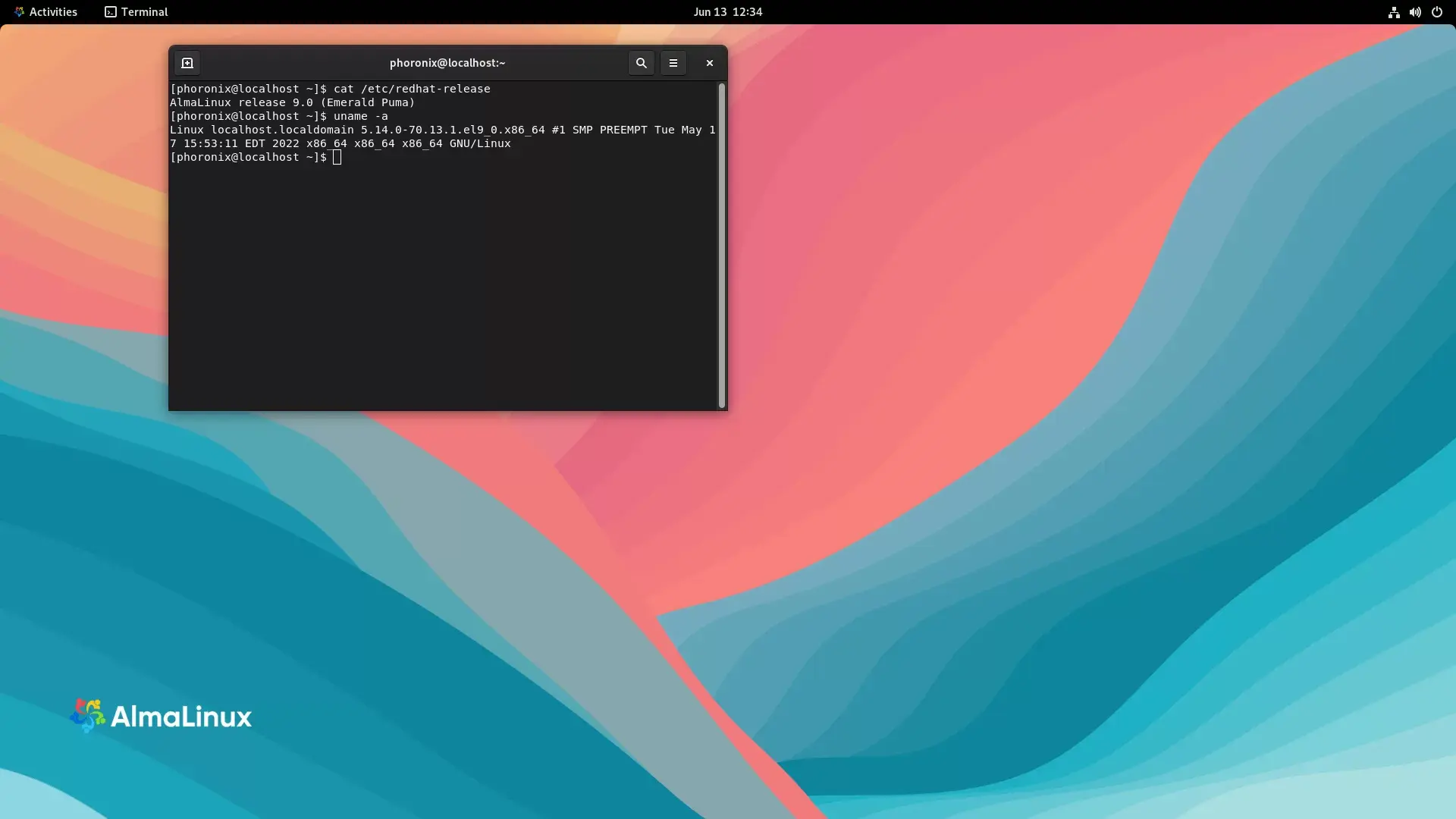I recently discovered that he believes it’s theft if you watch one of his videos with an adblocker. Just out of spite, sometimes I put one of his videos on in the background (muted) with an adblocker.
- 3 Posts
- 198 Comments

 3·1 month ago
3·1 month agoSomething something broken arms
Edit: Wow, thank you for the gold, kind stranger!
To be honest I’m more concerned by
language-humor. Like not even saying what kind of humour, just any type of humour at all. Jokes are for adults only!

 5·2 months ago
5·2 months agoSome extra info about Sierra’s game engines…
AGI was indeed first used in KQ1, though earlier Sierra adventure games (even going back to Mystery House in 1980) used something extremely similar. AGI was just formalizing what they’d done before and setting it as a common platform for all future games.
In those days, it was, of course, not possible to write an entire adventure game in machine code because there wasn’t even memory to hold more than a handful of screens. The use of bytecode was as much a compression scheme as anything else. So AGI was just a bytecode interpreter. Vector graphics primitives (e.g., draw line, flood fill) could be written in just a few bytes, much better than machine code.
Ken Williams made a splash with early Sierra games because he had an extremely simple insight that most others at the time didn’t seem to have: for graphics operations, allow points to be on even-numbered x coordinates only. Most platforms had a horizontal resolution of 320, too much for 1 byte. Ken Williams had his early game engines divide every x coordinate by 2 so that it could fit into a single bit (essentially getting only 160 horizontal pixels). A silly trick, but it got big memory savings, and allowed him to pack more graphics into RAM than many other people could at the time.
After AGI (KQ3 was the last King’s Quest to use AGI), Sierra switched over to their new game engine/bytecode interpreter: SCI. SCI was rolled out in two stages, though.
SCI0 (e.g., KQ4) was 16 colours and still revolved around the text parser. SCI1 (e.g., KQ5) was 256 colours and was point-and-click. (SCI2 and later were full multimedia)
For the game player, the major differences you’ll notice between AGI and SCI0 (both 16 colours, both text-based) are that SCI0 renders using dithering, gets full horizontal precision (x coordinates stored in 2 bytes), multiple fonts, support for real sound devices (MT32, Adlib). For the programmer, though, AGI and SCI0 were pretty radically different. SCI0 as a programming language was an object-oriented vaguely Scheme-inspired sort of language, and was actually pretty radically different from AGI.

 14·2 months ago
14·2 months agoYeah during the reddit exodus, people were recommending to overwrite your comment with garbage before deleting it. This (probably) forces them to restore your comment from backup. But realistically they were always going to harvest the comments stored in backup anyway, so I don’t think it caused them any more work.
If anything, this probably just makes reddit’s/SO’s partnership more valuable because your comments are now exclusive to reddit’s/SO’s backend, and other companies can’t scrape it.

 81·2 months ago
81·2 months agoWhy the quotes?
If you ever see quotation marks in a headline, it simply means they’re attributing the word/phrase to a particular source. In this case, they’re saying that the word “security” was used verbatim in the intranet document. Scare quotes are never used in journalism, so they’re not implying anything by putting the word in quotation marks. They’re simply saying that they’re not paraphrasing.

 7·2 months ago
7·2 months agoHeads up for anyone (like me) who isn’t already familiar with SimpleX, unfortunately its name makes it impossible to search for unless you already know what it is. I was only able to track it down after a couple frustrating minutes after I added “linux” into the search on a lark.

 5·2 months ago
5·2 months agoIf you pump out enough research papers, maybe Microsoft won’t move you over to the Office team.

 1·3 months ago
1·3 months agoReminds me a little of the old Jonathan Shapiro research OSes (Coyotos, EROS, CapROS), though toned down a little bit. The EROS family was about eliminating the filesystem entirely at the OS level since you can simulate files with capabilities anyway. Serenum seems to be toning that down a little and effectively having file- or directory-level capabilities, which I think is sensible if you’re going to have a capability-based OS, since they end up being a bit more user-visible as an OS.
He’s got the same problem every research OS has: zero software. He’s probably smart to ditch the idea of hardware entirely and just fix on one hardware platform.
I wish him luck selling his computer systems, but I doubt he’s going to do very well. What would a customer do with one of these? Edit files? And then…edit them again? I guess you can show off how inconvenient it is to edit things due to its security.
I just mean it’s a bit optimistic to try and fund this by selling it. I understand he doesn’t have a research grant, but it’s clearly just a research OS.

 561·3 months ago
561·3 months agoYou just don’t appreciate how prestigious it is to get a degree from Example U.

 4·3 months ago
4·3 months agoI feel like the answer is recycling deposits somehow. I’ve seen attempts at them here and there, but I guess we haven’t quite figured out the details yet. I guess electronics are a bit trickier to set up a deposit system for than pop cans. Even the places that do have electronics deposits, often you have to drive to a special recycling centre out past the airport that’s open 3 hours in the middle of the day, only for them to tell you that everything’s glued together so they can’t really separate out the parts they need and most of it will probably end up just going to the landfill anyway.
But theoretically, if we could get a serious deposit system that allowed for recycling to be profitable and gave manufacturers and incentive for making their stuff easier to take apart and recycling (and hence easier to repair), that would be pretty sweet.

 3·3 months ago
3·3 months agoI’m guessing childless adults are significantly less than that. Just thinking about my kids and all of their book readers, barking animal toys, light-up fairy wands, I have a bad feeling they may be bringing up that average.
Though the nice thing about kids’ electronics is they never get obsoleted. A light-up fairy wand is just as fun in 2074 as it is in 2024. So they just get cycled through the 2nd hand mommy communities until they break. It was $40 new, you buy it “mostly undamaged” for $20, hope your kid doesn’t scratch it too badly so you can sell it a couple years down the line for $10 or so.
The bad thing about kids’ electronics is it’s that for new stuff, it’s really impossible to tell how long it’s going to last. Could be 20 years, could be 20 minutes.

 7·3 months ago
7·3 months agoSure! We can insure that for you! Oh we just noticed that our InsureLink service isn’t connecting to your car. So I’ll just need you to sign this waiver saying that you’re declining the InsureLink Safety discount. Just sign right here. It’s just saying that we cannot offer you all of our insurance services, just like if you get in an accident or something and we can’t remotely verify what you were doing at the time, we can’t help you. Great! And without the Safety discount your premiums will go up by only 372.50 a month.

 8·3 months ago
8·3 months agoThe threat resides in the chips’ data memory-dependent prefetcher
Well that sounds extremely familiar. Nice to see the spirit of Spectre is still living on. The holy grail of speculation without any timing attack leaks is still eluding us, I guess.

 24·4 months ago
24·4 months agoI was saying Boo-urns.

 13·4 months ago
13·4 months agoIt is, but it probably shouldn’t be any more. WebP has good support everywhere now and is slightly better than JPEG and PNG combined. (Better lossy compression than JPEG, plus transparency support, and better lossless compression than PNG). But even WebP is considered lame these days compared to the new crop.
E.g., JXL (JPEG XL) is much better WebP and is supported by everyone except Google (which is ironic since Google helped create it). Google seems to want AVIF to be the winner for the new image format, but not many others do.
Anyway, until the Google JXL AVIF hissy fit is dealt with, at least we’ve still got WebP. It’s not super great, but it’s at least better than JPEG and PNG. A lot of web developers are stuck in their old JPEG PNG mindset and are being slow to adapt, so JPEG is still hanging around.
I feel like this should be required reading for a lot of Linux users. That article is a couple years old now, but I think is even more true now than it was when it was written. Having a middleman (package maintainer) between the user and the software developer is a tremendous benefit. Maintainers enforce quality, and if you bypass them, you’re going to end up with Linux as the Google Play Store (doubly so if you try and fool yourself into thinking it won’t happen because “Linux is different”)
Linux is the only platform to get native WebGL, too!
It’s in Proverbs 11:20
The C++ developers are an abomination to the Lord,
But the Rustaceans in their Rust-based OSes are His delight.


This may be super-nitpicky (and I lose LocalSend and use it a lot), but there is one difference between LocalSend and Airdrop. LocalSend requires network connectivity (and requires the devices to be on the same network), whereas Airdrop can work without any network connection (using Bluetooth).